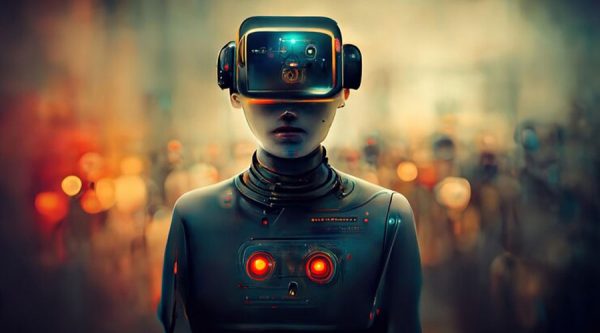A wide range of abilities is necessary for success in robotics. The top ten abilities needed to succeed in robotics are listed below.
Difficult Problem-Solving: The capacity to effectively solve difficult problems is at the core of robotics. Robotics professionals need to be adept at solving problems in order to overcome obstacles, whether they are developing motion planning algorithms or debugging hardware faults. The capacity to deconstruct complex issues into digestible parts and come up with novel solutions is necessary for career advancement in this area.
Adaptability and Flexibility: Robotics is an ever-evolving field marked by rapid technical progress. Workers in this industry need to be flexible and adaptive, open to embracing new methods, technology, and strategies. Staying competitive in the ever changing robotics industry requires the capacity to pick up new ideas fast and adjust to changing conditions.
Algebra, Calculus, and Geometry: A strong background in mathematics is essential to comprehending the ideas behind robotics. Basic ideas in algebra, calculus, and geometry are essential to many facets of robotic control, optimization, and design. Mathematical expertise allows robotics experts to create precise models and algorithms that are necessary for the operation of robotic systems, from kinematics to trajectory planning.
Expertise in Programming Languages (like Python): The foundation of robotics is programming, which enables engineers to give instructions to robots so they may work together or independently. For the development of robotics software applications, control algorithms, and machine learning models, proficiency in programming languages like as Python is necessary. Robust programming abilities are essential for success in robotics, whether one is writing code for sensor data processing or putting reinforcement learning algorithms into practice.
Systems Thinking: The integration of mechanical, software, and hardware components into cohesive systems that can carry out specified tasks is what robotics entails. Developing, assessing, and optimizing robotic systems all depend on the use of systems thinking, which is the capacity to recognize and comprehend the relationships between various system components. Robotics experts need to have a comprehensive viewpoint in order to solve difficult problems and guarantee smooth subsystem interaction.
Fundamentals of Artificial Intelligence: Modern robotics is greatly influenced by artificial intelligence (AI), which makes it possible for machines to sense, think, and behave intelligently in a variety of settings. Comprehending the fundamentals of artificial intelligence, including computer vision, neural networks, and machine learning, is imperative for creating sophisticated robotic systems that can adjust to ever-changing surroundings and gain knowledge from past mistakes.
Efficient Solution Design: Whether it’s improving task performance, lowering execution time, or optimizing energy consumption, efficiency is critical in robotics. Strong design abilities are essential for professionals to create effective solutions that satisfy performance standards and respect budget, size, and weight limitations. Efficient design of hardware and algorithm optimization are critical components of successful robotic systems.
Computer and Software Skills: Complex software structures operating on potent computer platforms are frequently a part of robotic systems. Building sturdy and dependable robotic systems requires a strong foundation in computer and software capabilities, including program development, debugging, and system integration. Robust computer and software abilities are critical for success in robotics, whether one is creating graphical user interfaces for human-robot interaction or putting real-time control algorithms into place.
Knowledge of Sensors and Actuators: These components are the sensory organs and effectors of robotic systems, allowing the robots to sense and communicate with their surroundings. Robotics experts need to have a thorough understanding of actuators like motors, servos, and pneumatic systems, as well as a variety of sensor technologies including cameras, LiDAR, and inertial sensors. Designing robotic systems that are responsive and adaptable requires an understanding of sensor fusion techniques and control methodologies.
Understanding human-robot interaction (HRI) is essential as robots and people interact more and more in a variety of contexts. While designing robotic systems for human contact, experts need to take into account aspects like ergonomics, safety, and user experience. Effective HRI abilities are crucial for guaranteeing smooth and natural interactions between humans and robots, whether they are service robots helping users with daily activities or collaborative robots operating alongside human operators.









